Pressure Loss Optimization Using Adjoint Solver (Mesh Morphing | RBF) – ANSYS Fluent Tutorial
Pressure Loss Optimization Using Adjoint Solver (Mesh Morphing | RBF) – ANSYS Fluent Tutorial
- Upon ordering this product, you will be provided with a geometry file, a mesh file, and an in-depth Training Video that offers a step-by-step training on the simulation process.
- For any more inquiries regarding the product, please do not hesitate to reach out to us at info@CFDLAND.com or through our online support assistant.
€160.00 Original price was: €160.00.€145.00Current price is: €145.00.
In the pursuit of engineering efficiency, the reduction of pressure losses within fluid systems represents one of the most impactful optimization targets for enhancing overall system performance while reducing operational costs. Traditional design optimization approaches often rely on time-consuming parametric studies that explore limited design variations, whereas modern adjoint-based methods offer capabilities by directly computing sensitivity maps that reveal precisely how every surface point influences the target objective function. This project uses adjoint solver technology to minimize pressure drop through geometric optimization in a U-bend pipe, employing prosessional mesh morphing techniques driven by Radial Basis Functions (RBF) to deform the computational domain based on calculated sensitivities. Needless to say, unlike conventional approaches that require predefined design variables, the adjoint methodology provides full gradient information across the entire design space, enabling shape optimization.
Figure 1: Velocity changes in U-bend pipe after shape optimization using mesh morphing (RBF)
Simulation Process
The optimization method began with a 2D model of a standard U-bend pipe design. The baseline configuration was discretized using a high-quality structured grid with deliberate refinement near walls to correctly capture boundary layer phenomena crucial to pressure drop prediction. An initial steady-state simulation established the reference pressure field and flow patterns. After setting a baseline, the adjoint solver computed sensitivity derivatives across the domain to depict how tiny surface perturbations affected the pressure loss objective. The optimization procedure then used Radial Basis Functions (RBF) to achieve intelligent mesh morphing, which smoothly deformed geometry in response to adjoint-calculated gradients while maintaining mesh quality and topology.
Post-processing
The velocity contours show amazing optimization success through small but useful changes in geometry made by the adjoint-based method. We can see a big difference in the flow characteristics between the baseline (left) and the optimized design (right) because the highest velocity went from 0.3 m/s to 0.344 m/s, which means that the flow isn’t being slowed down as much and can go through the bend more easily. The most noticeable change is that the low-velocity region that is usually at the inner corner of U-bends and where flow separation usually happens is almost gone. The velocity differential visualization shows that the biggest improvements happened right at this important inner radius, which is where the adjoint solver found that the system was very sensitive to changes in geometry. This small change in shape has successfully gotten rid of the recirculation zone that forms at sharp bends, making a smoother transition that keeps flow attached throughout the curve. The optimized design has a more even spread of velocity along the bend, and the core flow keeps its momentum better through the turn. This is because the mesh morphing process intelligently changes the geometry based on calculated sensitivities.
Figure 2: Pressure loss optimization in U-bend pipe after shape optimization using mesh morphing (RBF)
The pressure distribution clearly shows that the design that was optimized greatly improved performance, as the total pressure drop across the bend was cut by about 15%. The base model shows a typical pressure pattern, with very low pressure at the inner bend, hitting -14.2 Pa. This creates strong negative gradients that cause separation. The optimized geometry, on the other hand, lowers this very low pressure to -14.208 Pa while also redistributing the pressure field more positively around the bend. A total pressure drop of approximately 39.3 Pa from inlet to outlet (25.1 to -14.2 Pa), while the optimized design (right) reduces this to approximately 36.3 Pa (25.135 to -11.2 Pa)—a nearly 8% improvement achieved through purely geometric modifications.
We pride ourselves on presenting unique products at CFDLAND. We stand out for our scientific rigor and validity. Our products are not based on guesswork or theoretical assumptions like many others. Instead, most of our products are validated using experimental or numerical data from valued scientific journals. Even if direct validation isn’t possible, we build our models and assumptions on the latest research, typically using reference articles to approximate reality.
Yes, we’ll be here . If you have trouble loading files, having technical problems, or have any questions about how to use our products, our technical support team is here to help.
You can load geometry and mesh files, as well as case and data files, using any version of ANSYS Fluent.
€145.00 Original price was: €145.00.€115.00Current price is: €115.00.

€265.00 Original price was: €265.00.€145.00Current price is: €145.00.

€255.00 Original price was: €255.00.€135.00Current price is: €135.00.

€280.00 Original price was: €280.00.€145.00Current price is: €145.00.

€360.00 Original price was: €360.00.€185.00Current price is: €185.00.

€220.00 Original price was: €220.00.€155.00Current price is: €155.00.


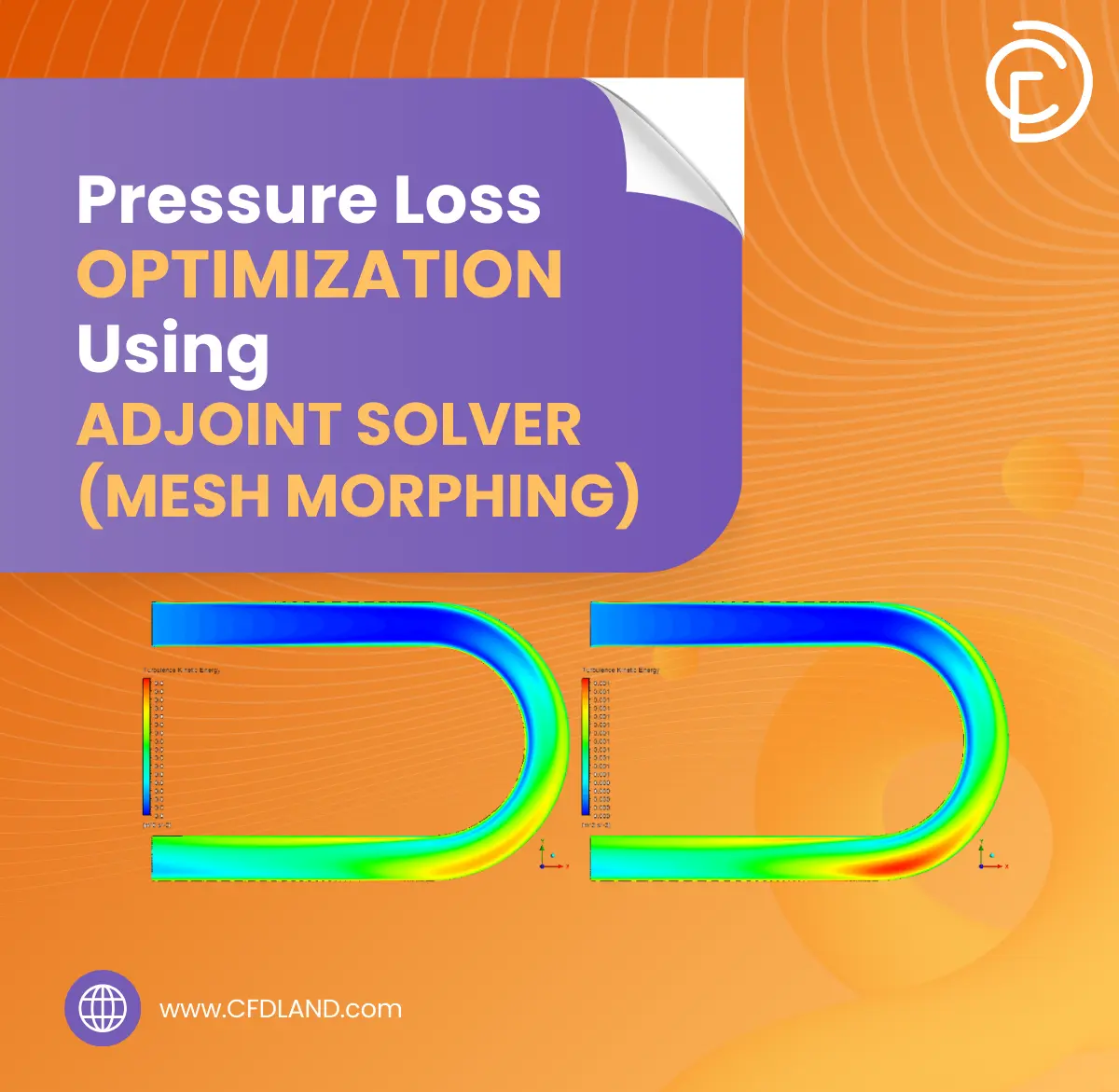
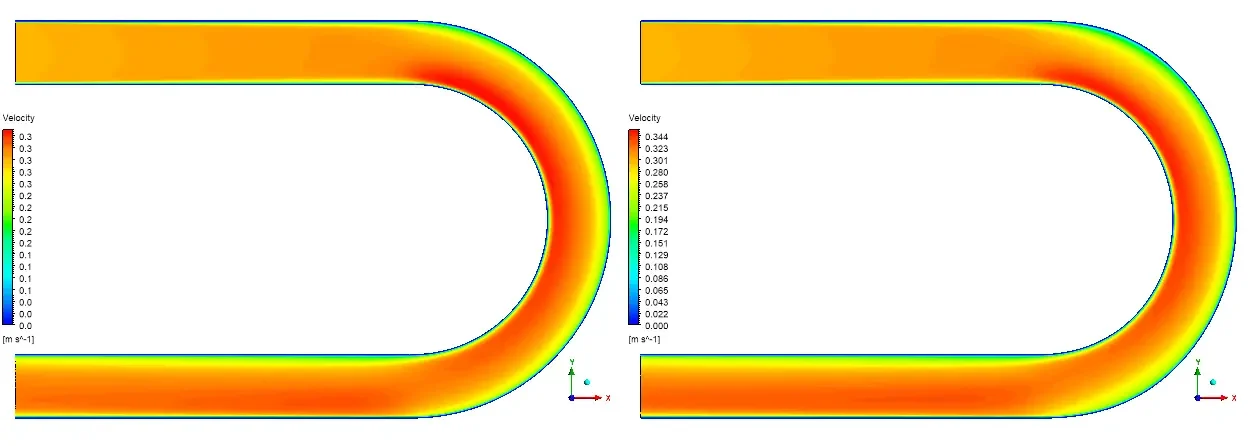
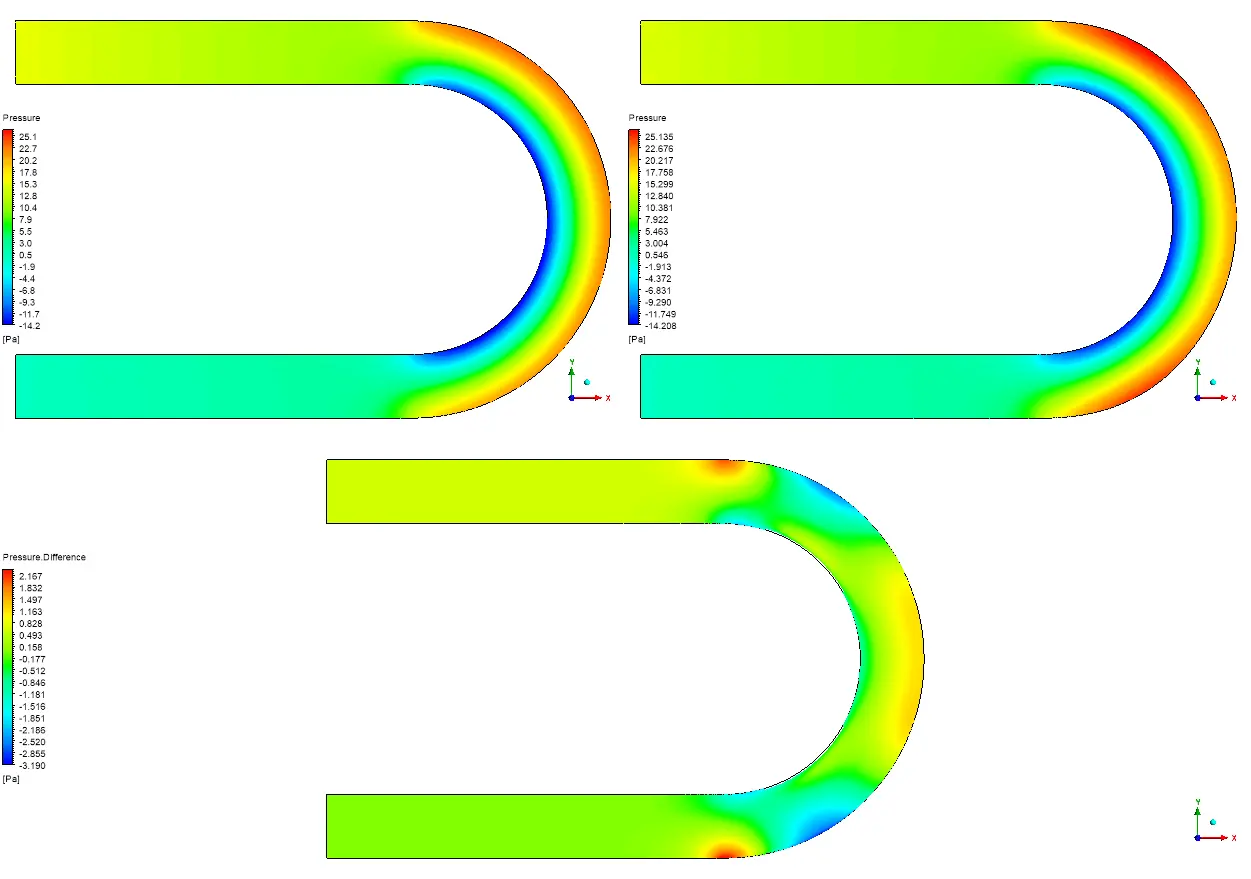
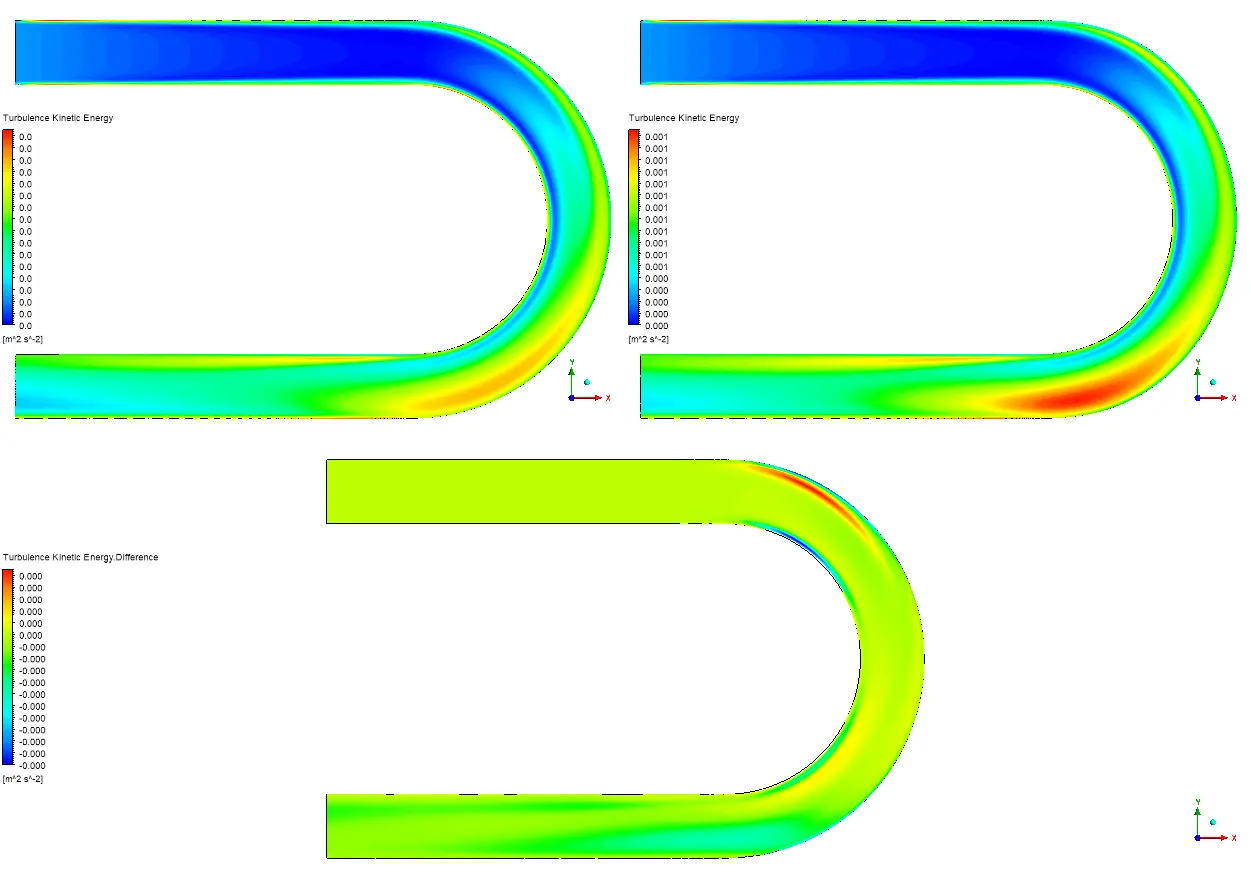
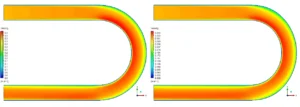
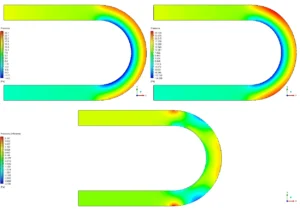





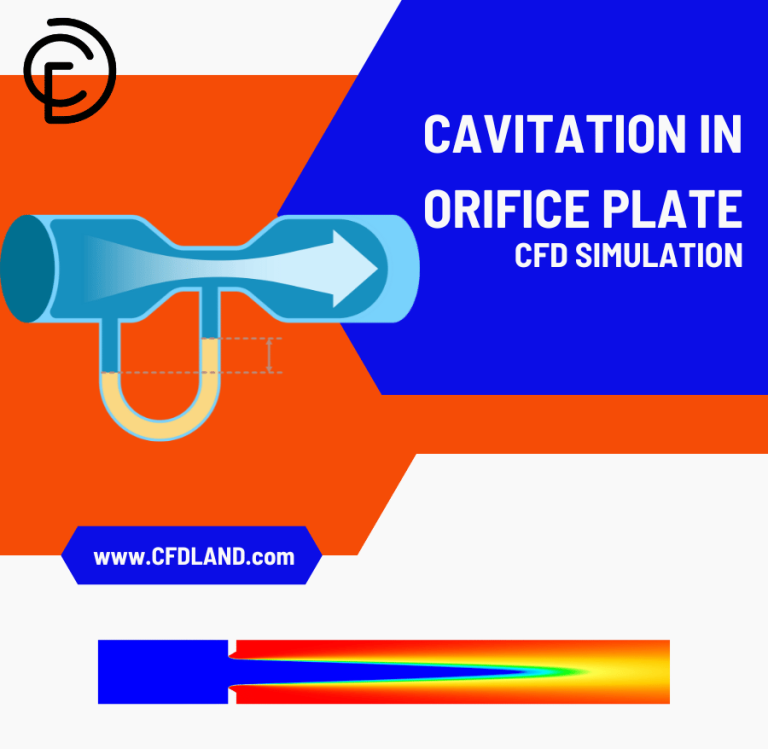
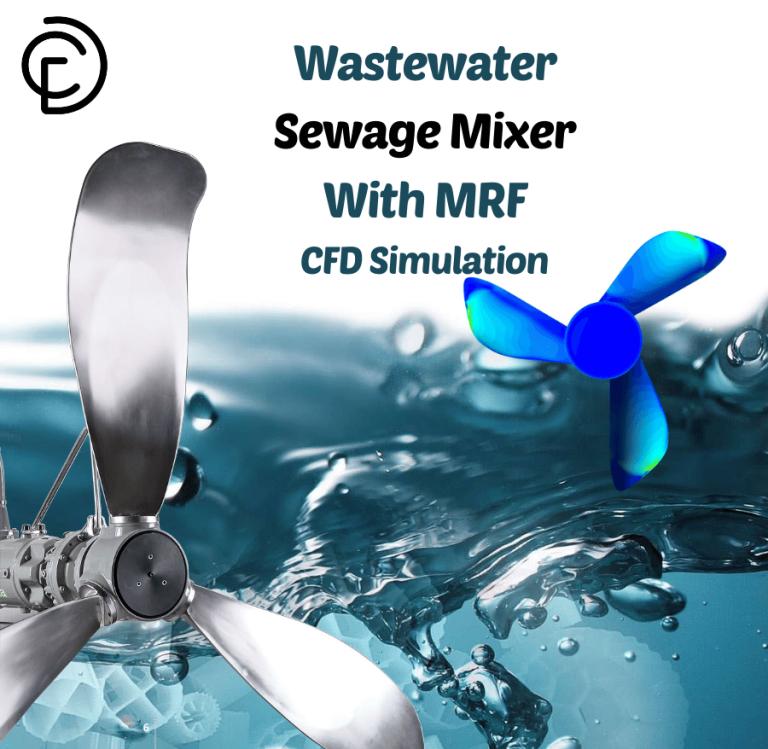
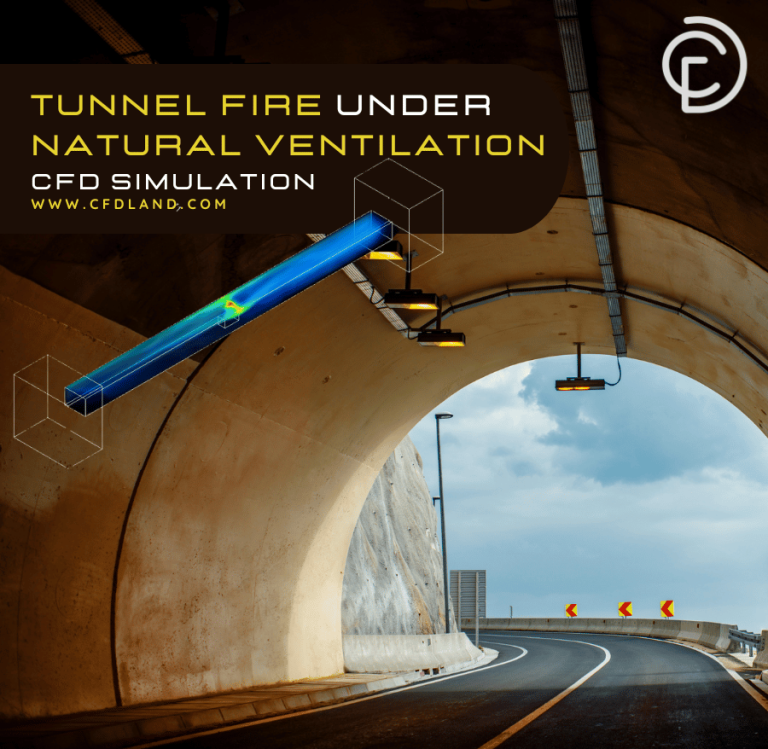


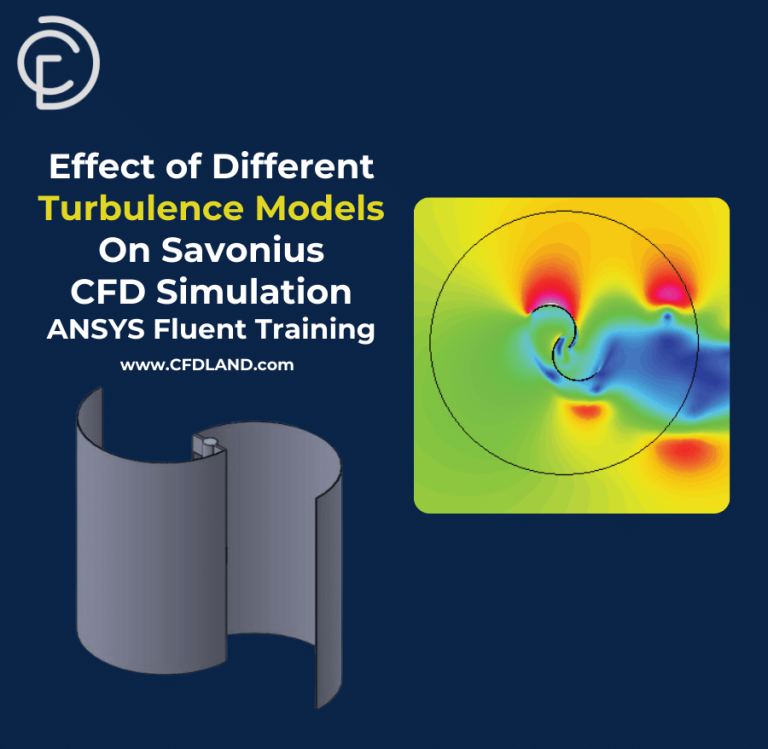
Reviews
There are no reviews yet.